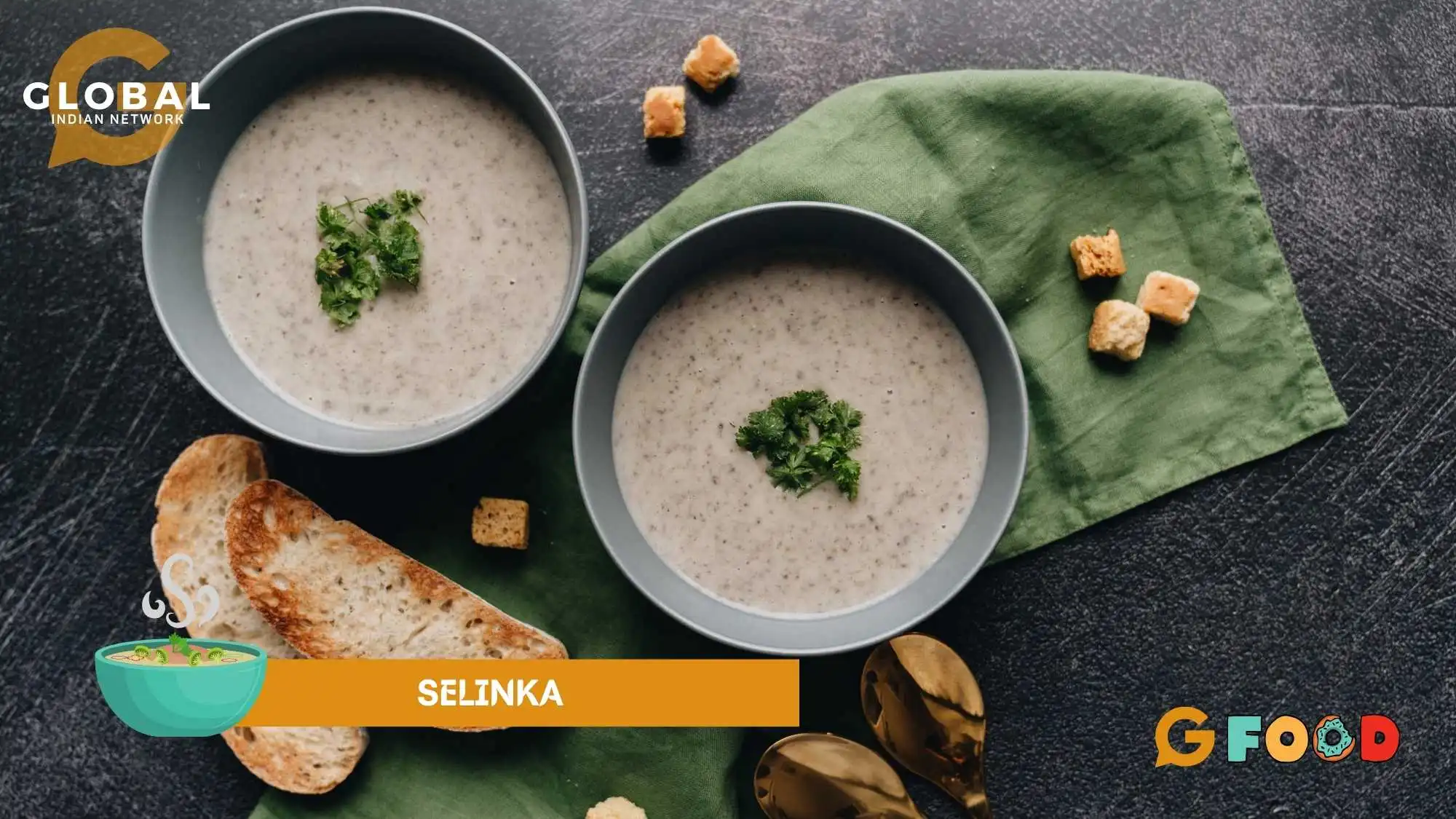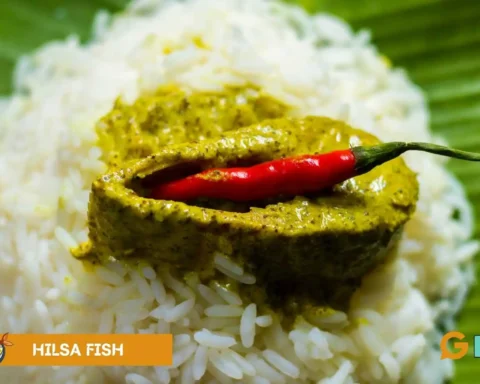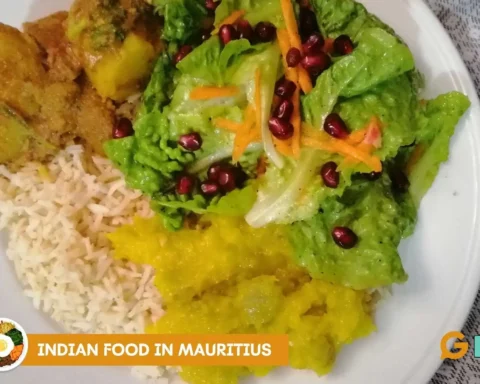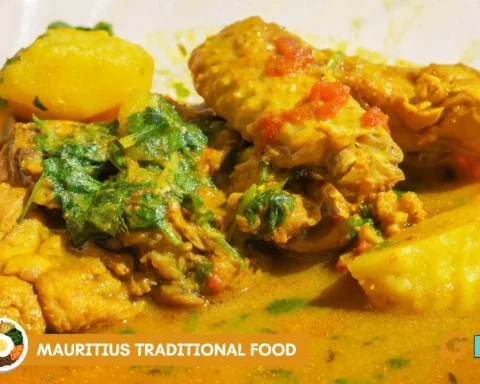The soul-warming Šelinka soup nestles at the heart of the culinary landscape of the Vipava Valley in southwestern Slovenia. This aromatic vegetable soup exemplifies Slovenia’s mastery of farm-to-fork cuisine and its commitment to a simple yet intricate authenticity. Rich in nutrients coupled with just the right amount of zest, this perfect bowl of warmth is the best accompaniment for Slovenian winters.
Read on to discover more about more about this unique Slovenian soup.
Table of Contents
What is Šelinka Soup?
Šelinka soup is the local name for a delicate celery hotpot, originating in the Karst and Vipava Valley regions in the Slovenian Littoral. The dish has its roots in domestic tradition, typically prepared as a hearty dinner, generally during the harvest season, served alongside polenta (corn porridge) or mashed potatoes.
The soup is made with flexible assortments of fresh vegetables sautéed and then simmered in broth. Sometimes, cooked rice or barley may be added to the soup to make it more wholesome and filling.
Origins and History
The ethnocultural origins of the Šelinka appear to be in the generalised superclass of the Italian minestrone, a thick soup prepared with a wide assortment of vegetables, meat and pasta. The minestrone was initially a dish improvised with leftovers from previous meals.
The minestrone eventually made its way through cultural diffusion into the Slovenian diet as Mineštra. The celery soup is one of the many diverse varieties of thick soup or stew enjoyed in the Vilupa Valley region. Slovenia’s proximity to Italy, which shares its southwestern border, explains this crossing and interchange of culinary practices.
Variations
Like most Slovenian cuisine, the Šelinka varies in taste and preparation, with every region or every household adding personalised ingredients and adopting alternative preparation methods. While some families prefer it prepared as a stew, others prefer the diluted consistency of soup.
Although the most commonly used ingredients include carrots, onions and potatoes, newer recipes embrace a wider variety of vegetables, such as cabbage and turnips. Some recipes may even call for various kinds of meat, ranging from sausages to pancetta (salt-cured pork belly).
How to Prepare Šelinka Soup
Ingredients
- 1 large celery tuber (1 cup approx), diced
- 2 cups celeriac (celery root), peeled and diced
- 2 tablespoons of chopped celery leaves
- 2 medium-sized potatoes (1 cup approx.)
- 2 carrots, chopped
- 150g Karst pancetta (or any other meat such as bacon, prosciutto, smoked ribs, sausage)
- soup base
- a spoonful of flour
- 2-3 cloves of garlic, peeled and crushed
- Marjoram, coriander, bay leaf
- Salt and pepper to taste
- 1 tablespoon olive oil
- A spoonful of flour (for thickening by baking)
- Crumbled sheep milk cheese (optional)
- A spoonful of dry vinegar (optional)
Procedure
- Heat oil in a pan. Add the garlic to it and heat for 4-5 minutes until aromatic.
- Place the pancetta and the chopped carrots in and fry for about 15 minutes.
- Add the celery root, stir and cook for approximately 15 minutes until it achieves fork tenderness.
- Add in the diced celery and stir.
- Sprinkle the ingredients with a spoonful of flour and then cover with a little soup base.
- In a soup pot, pour the rest of the soup base and bring the liquid to a boil. Add the chopped potatoes and boil for approximately 15 minutes until penetrable with a fork.
- Add the sautéed vegetables to the pot. Add in the seasonings (marjoram, coriander, bay leaves), along with salt and pepper. Cook for half an hour.
- Add the celery leaves right before turning off the heat.
- Ladle into serving bowls and serve hot.
Tip: You may sprinkle the soup with crumbled sheep’s milk cheese or a spoonful of dry vinegar to add a dash of twang to the dish.
Conclusion
The simple richness of the Šelinka soup encapsulates the essence of Slovenian gastronomical culture, which blends tradition with innovation in favour of individual palates and regional nuances. This continuous process of refashioning and refining traditional dishes has strengthened their presence within domestic culinary life while ensuring their longevity into posterity.









